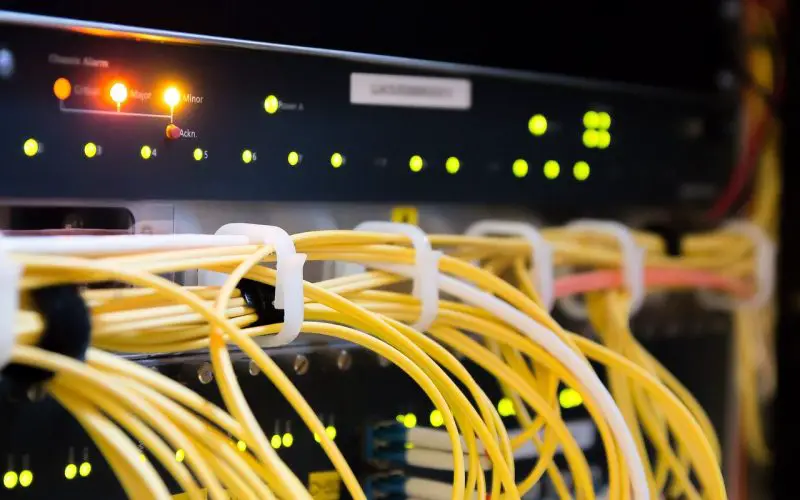
What is Network Discovery?
One of the most important questions that a business owner should ask is, what is network discovery? Network discovery is the process of finding the network infrastructure of a company. This information is used to diagnose a network issue. It also helps a business decide which equipment to replace. For example, identifying the concurrent users of a particular device can help a company identify the cause of a slowdown or a failure in the server. Network discovery can be a good way to keep track of your network's topology. This feature is particularly useful when your company's network is multi-location…







